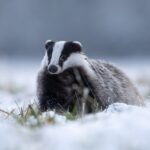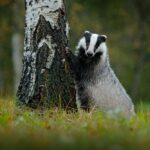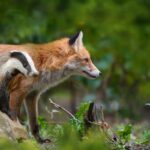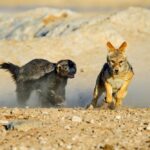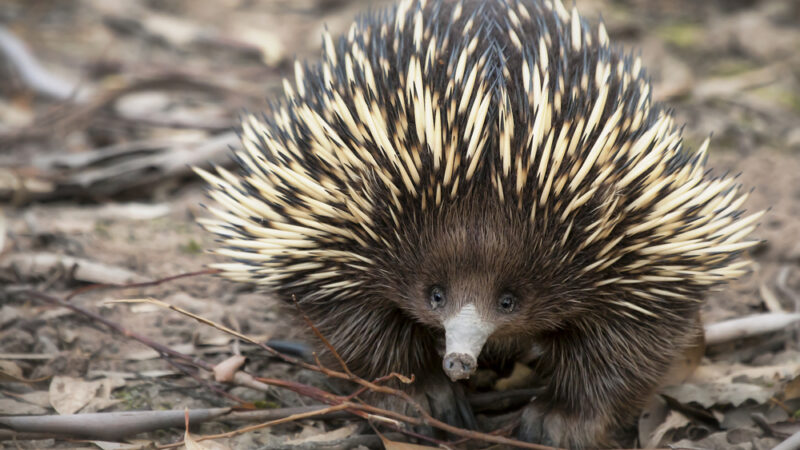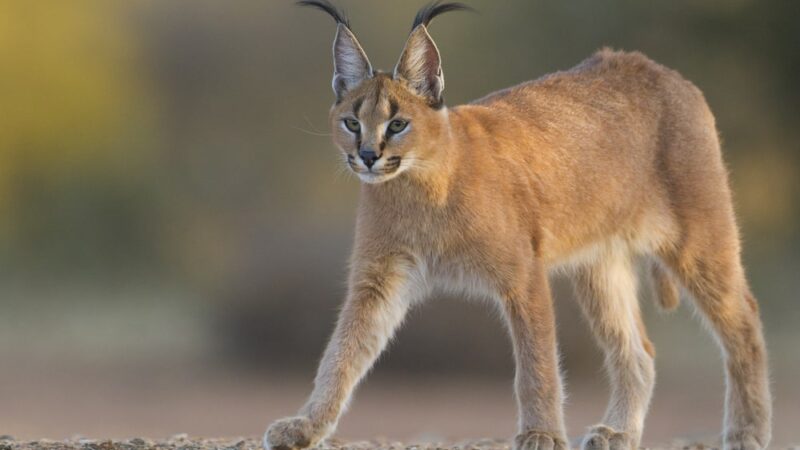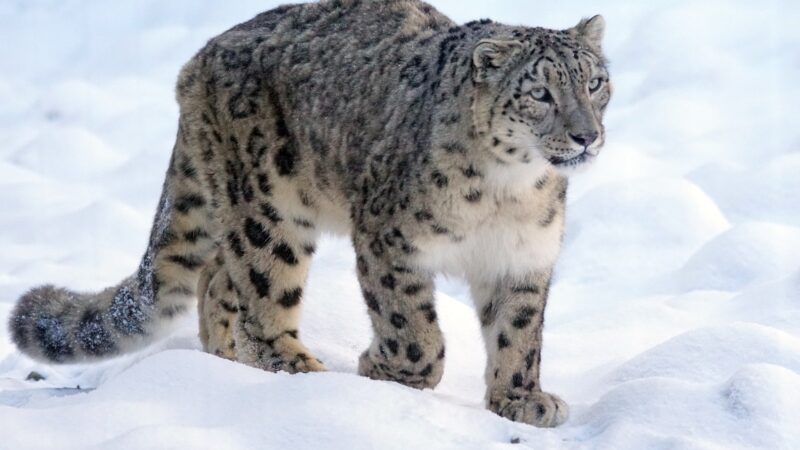Badger
Shelter fo Animal | Badger | An animal that looks like a lovely old person who would invite you into the countryside cottage for tea. Badgers are gentle and affectionate look is probably what inspired such characters as Mr. badger in the wind and the willows and their use of the sigil for Hufflepuff in Harry Potter, in contrast, American Badgers look like they can be in a biker gang and definitely don’t drink tea.
Badgers habitat
European badges live all over Europe this is rather obvious by their name but the extent of their distribution is what may surprise you. They’re thought to stretch from the Iberian Peninsula all the way to the Volga River and Russia and even into Afghanistan. Within this huge area, badgers will live almost anywhere. They prefer woodlands and grasslands but in the Mediterranean region.
Badgers live in Makris shrublands that are rocky and hot Badgers like foxes have also adapted well to living in urban areas alongside humans and so you could find them even in the middle of cities.
Diet of badger
Badgers are omnivores and rather opportunistic ones they’ll eat almost anything. They can get their hands on such as shrews of mice, cereal plants, fruit, insects and even carrion and many other things. However, the main food source is earthworms. Badgers can eat hundreds of these every night when they go out foraging this diet closely resembles that of a brown bear.
Badgers are actually the least carnivorous members of the order Carnivora. The key difference in the diets of bears and Badgers is that it is thought badgers are the only predator of hedgehogs because they’re the only predators around in Europe with thick enough skin and claws to get past the Hedgehog spines. Bears are incredibly rare in Europe and so don’t usually eat hedgehogs.
Badger’s life cycle
Badgers live for around 15 years in the wild. They reach sexual maturity usually in the second year after mating and the egg is fertilized. Badgers experience delayed implantation but the egg doesn’t implant in the uterus until around December so that the Cubs will be born in mid-January to March. After this roughly seven-week gestation period ready to spring one to five.
Cubs are usually born and at first, they are pink with short silvery hair and won’t leave the den also no set for around two months. Badges usually live in groups of approximately six adults with a strict hierarchy where only the dominant male badger known as the boar is allowed to mate and generally, he’ll stay with only one female this means the other members of the group help to raise the young of the male and female in charge.
Badgers adaptations
Badgers have many adaptations that make them good at what they do the teeth are well adapted to eating all sorts of things the feet and claws are superb at burrowing. They have the previously mentioned delayed implantation and they have an excellent sense of smell that helps when hunting nocturnally it is thought that their sense of smell might be around 700 times better than ours interestingly because of their nocturnal lifestyle.
The eyes are monochromatic meaning, they cannot see the red light and are only attracted by moving objects behavior-wise. Badgers do a lot of interesting things firstly the sets of these are massive tunnel systems with multiple chambers for different purposes built by the Badgers and inhabited for decades and decades. Badgers are very tiding clean out their bedding of leaves grass and moss regularly and constantly maintained their homes.
Badgers don’t hibernate in the UK but there may stop coming outside during the winter so they do need to stock up on food and build up fat reserves to see them through in places with harsher winters such as Russia. Badgers may sleep much much more during this time but they never fully hibernate like a bear Badgers have had a rather turbulent relationship with humans throughout history like foxes.
Threats of animal
Badgers have been hunted a lot for sport this has all been made illegal these days but there is one thing humans still do to them that threatens them. Badgers carry TB and can infect cows and other livestock with it so in the UK. Badgers are cold in 2016 around 10,000 were called in three months and yet TB cases were still on the rise which brought up the question of whether is actually working.
It turns out that though Badgers do spread TV to livestock is passed on far more frequently between the cows themselves making culling.
Badgers completely pointless and causes far more damage than good moving away from humans. Badgers face few threats from other wild animals. They are only threatened by brown bears, Eurasian Lynx ah’s, and grey wolves in Russia, Scandinavia, Asia but in the UK nothing hunts them. Badges the class is least concerned by the IUCN.
Reference: Wikipedia
